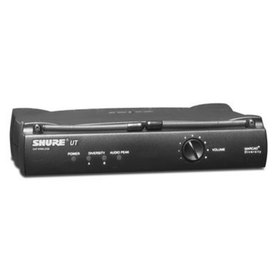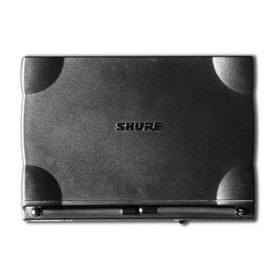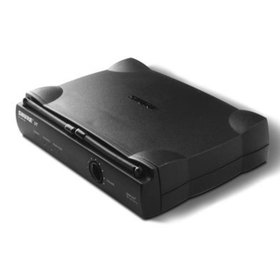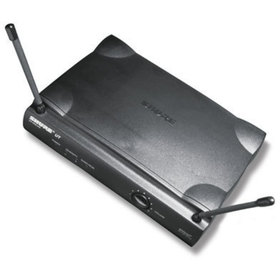- 2024
-
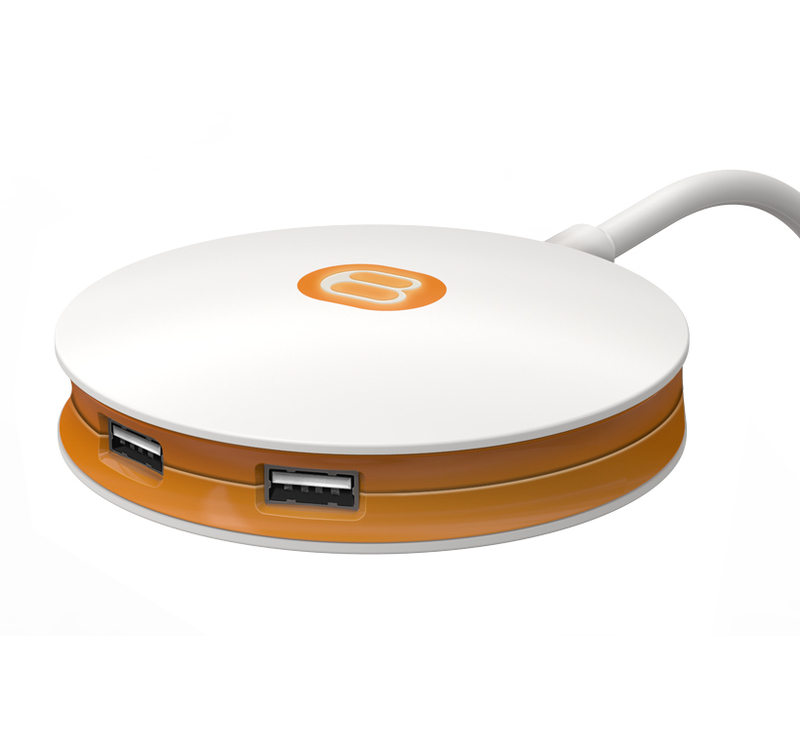
-
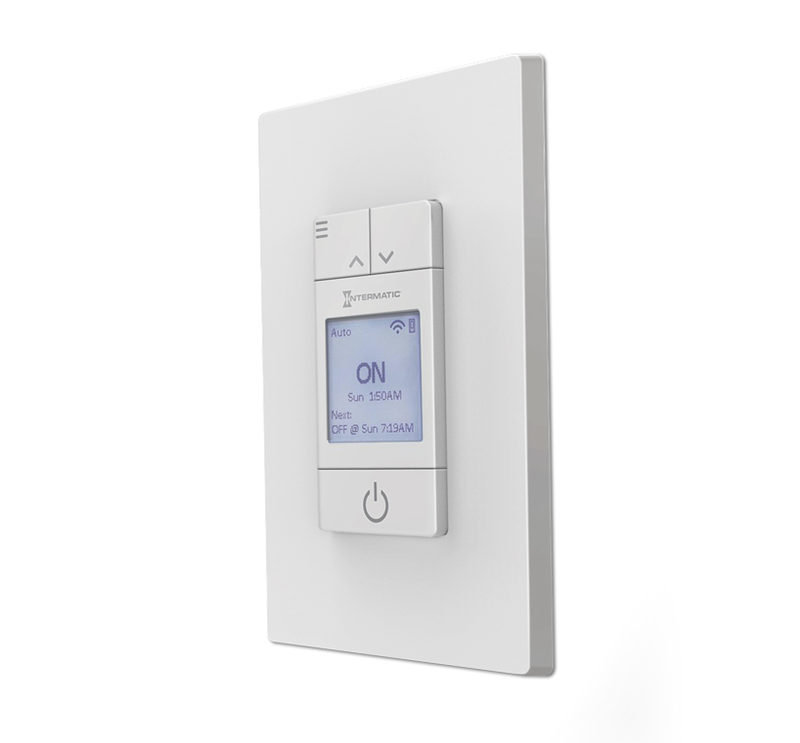
-
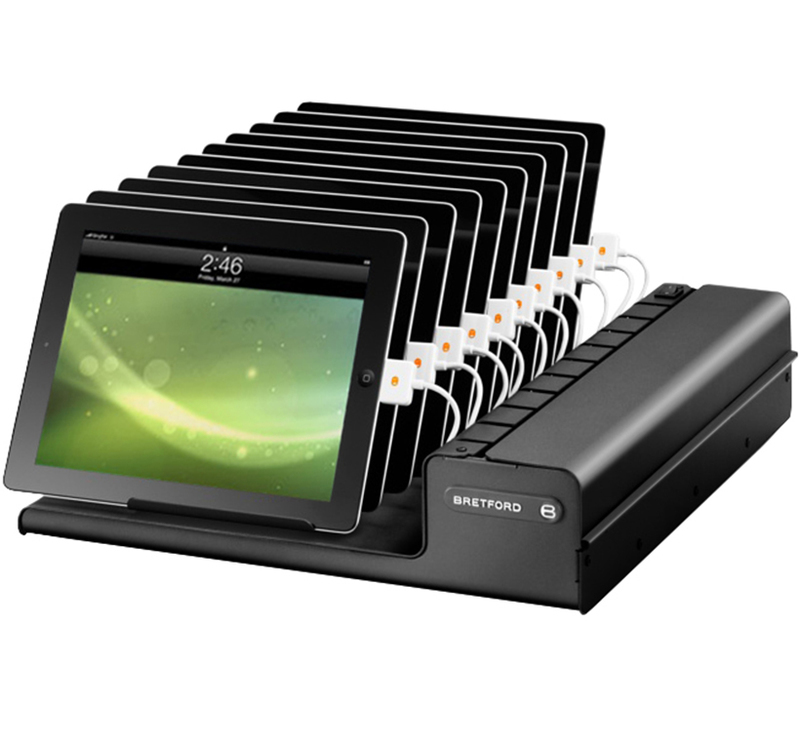
-
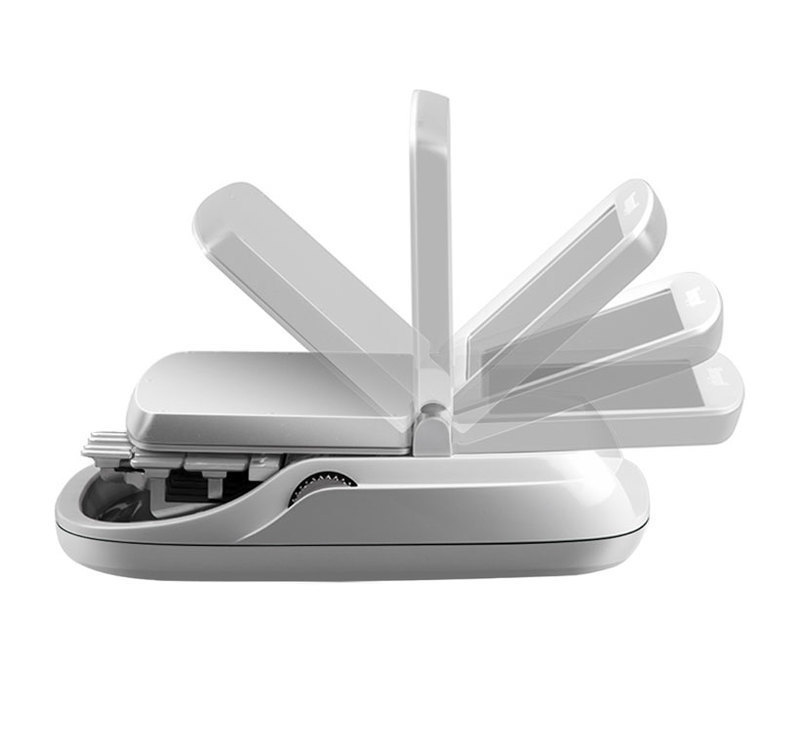
-
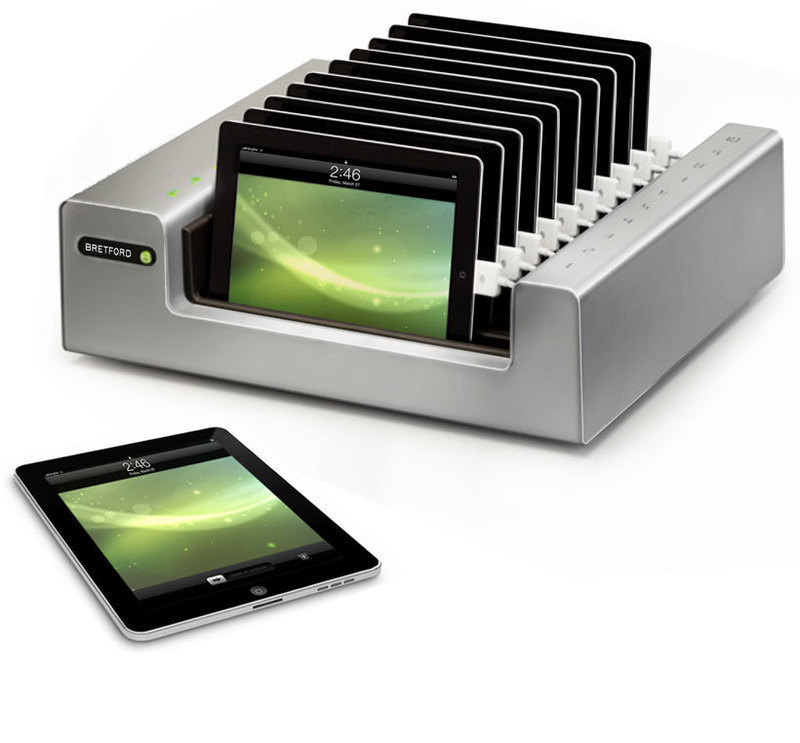
-
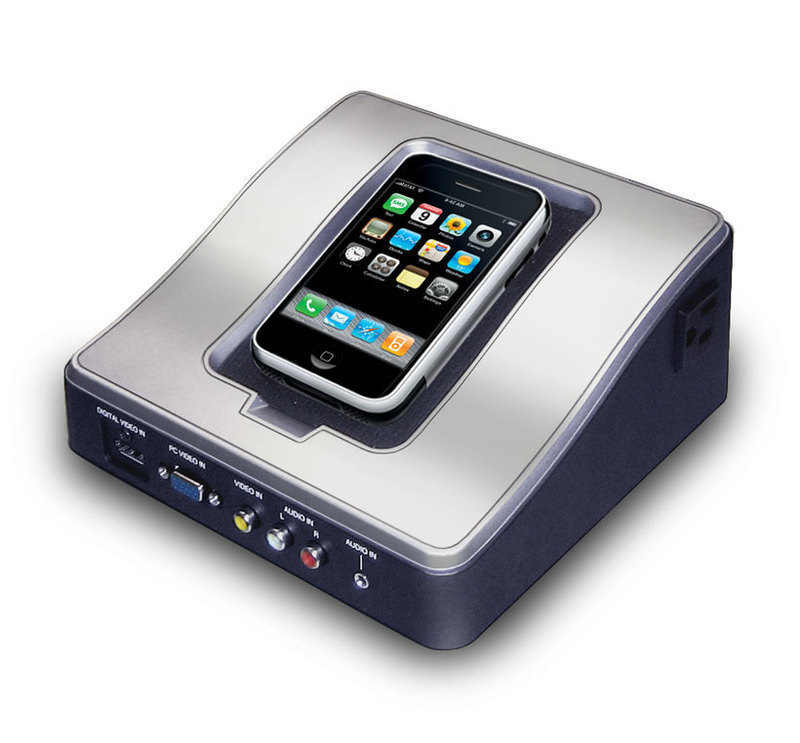
- 2010
-
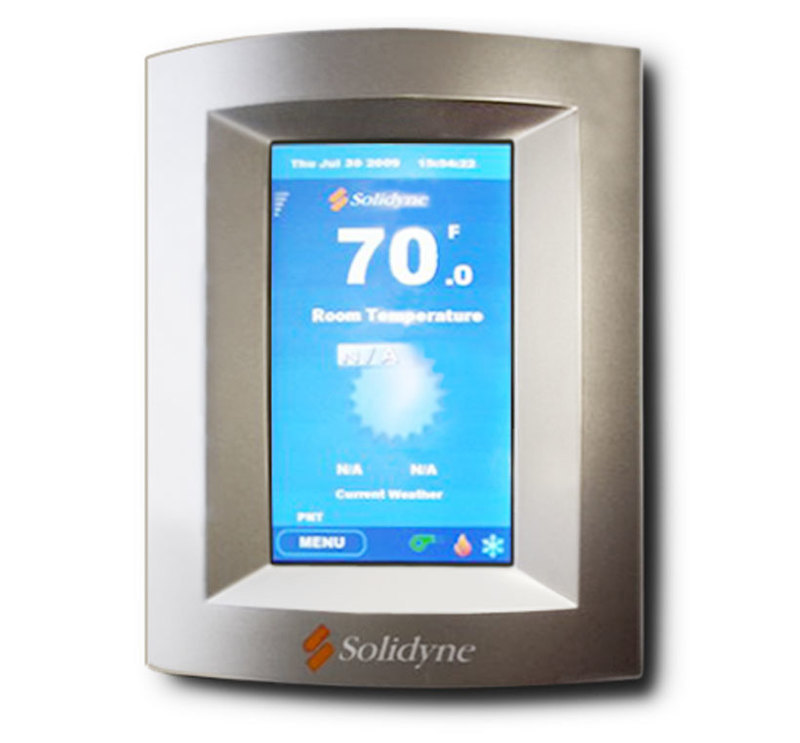
-
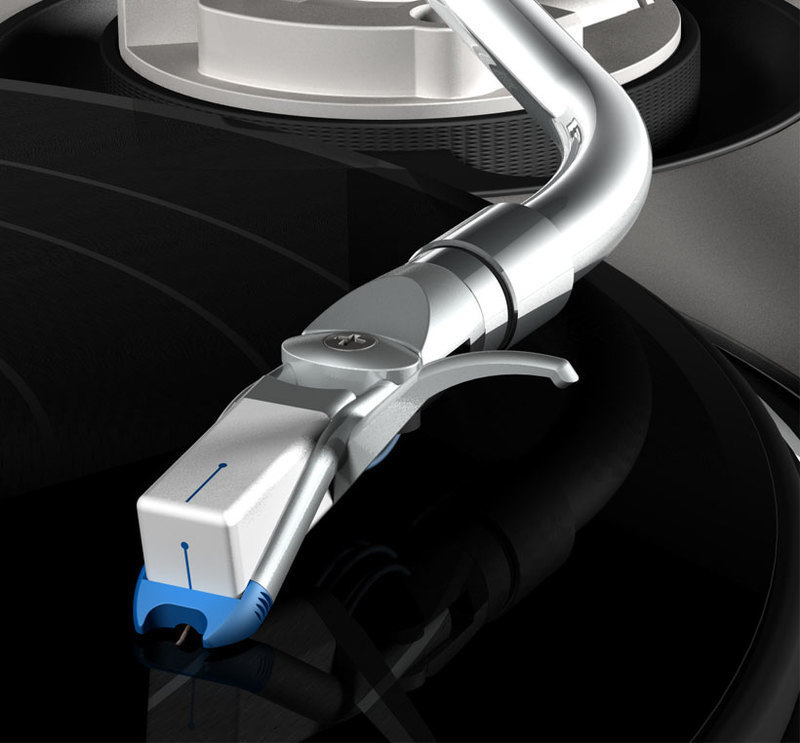
-
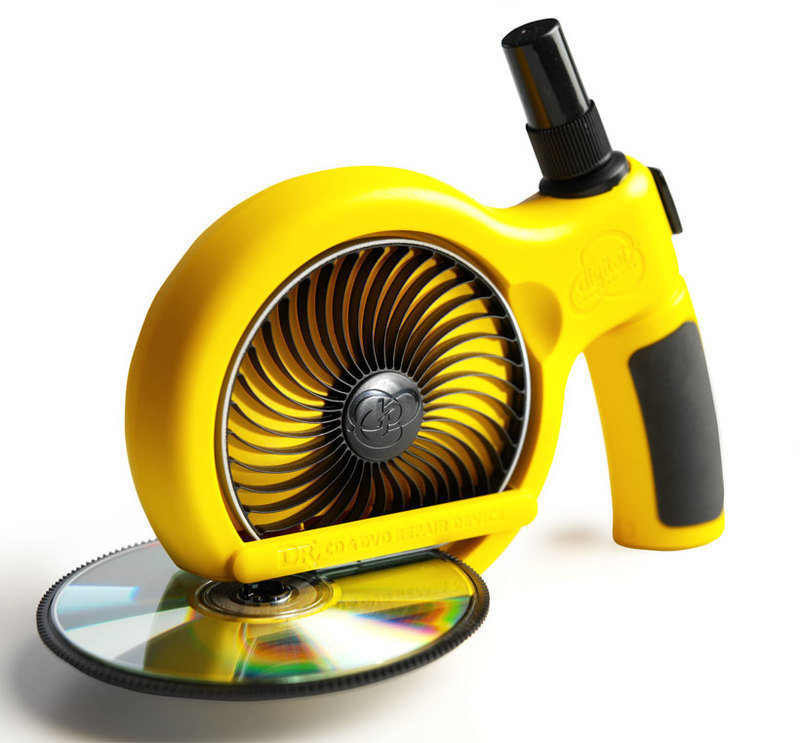
-
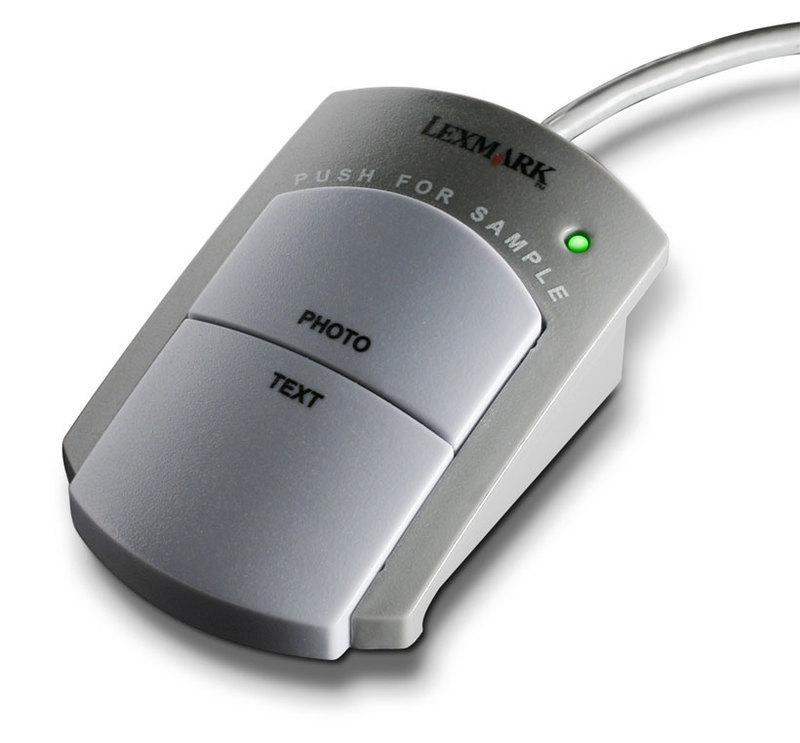
-
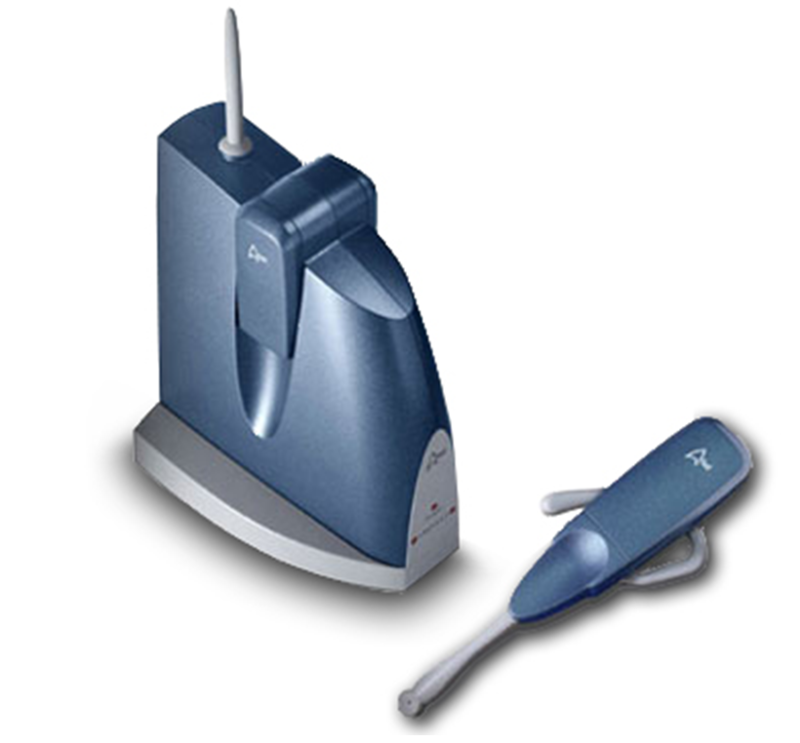
-
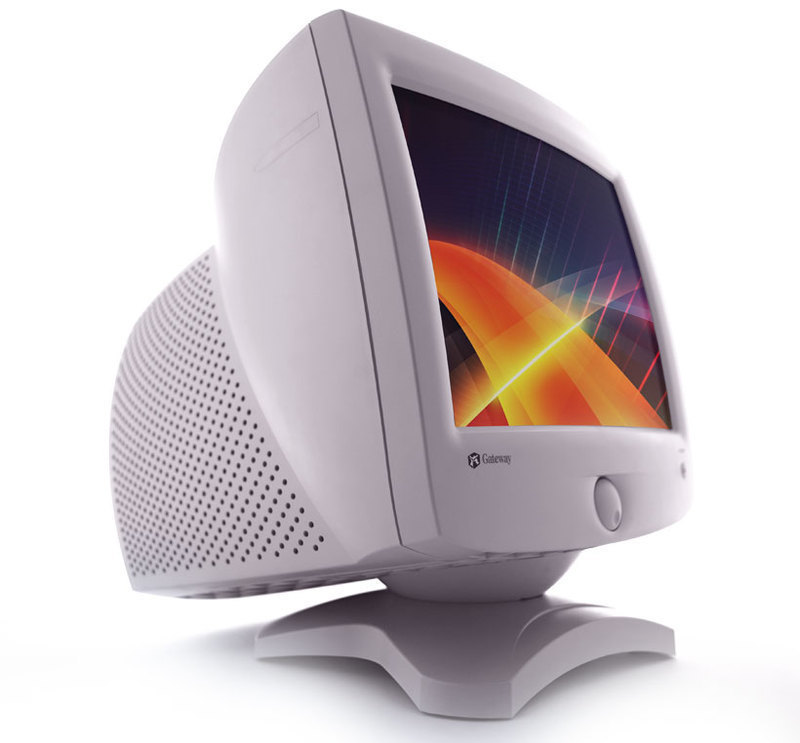
- 2000
-
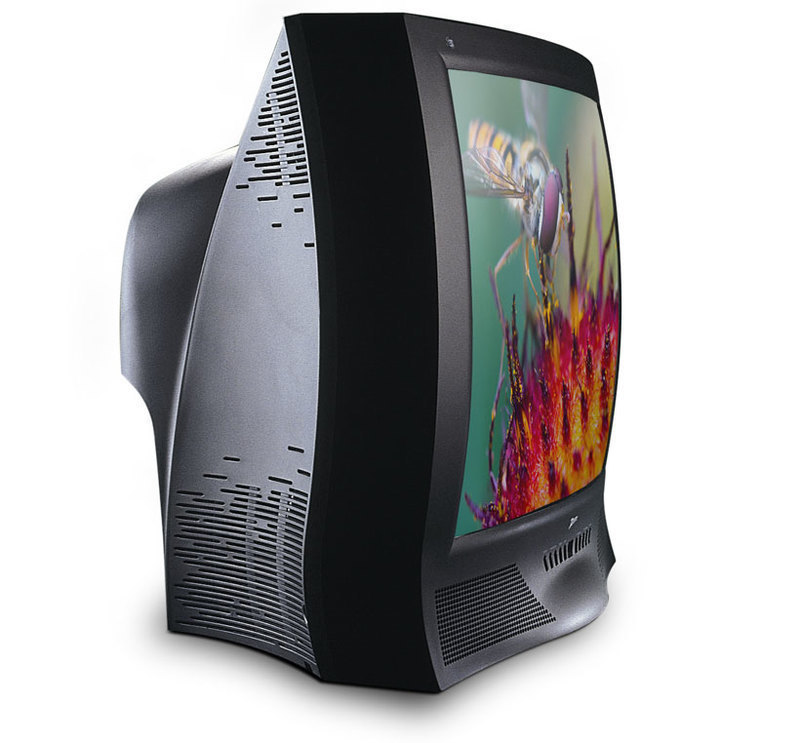
-
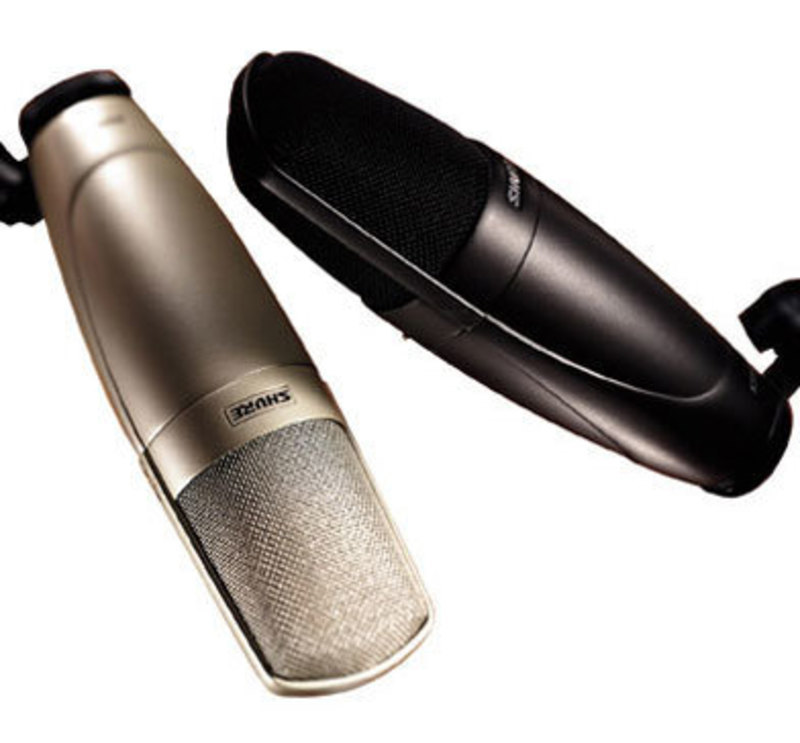
-
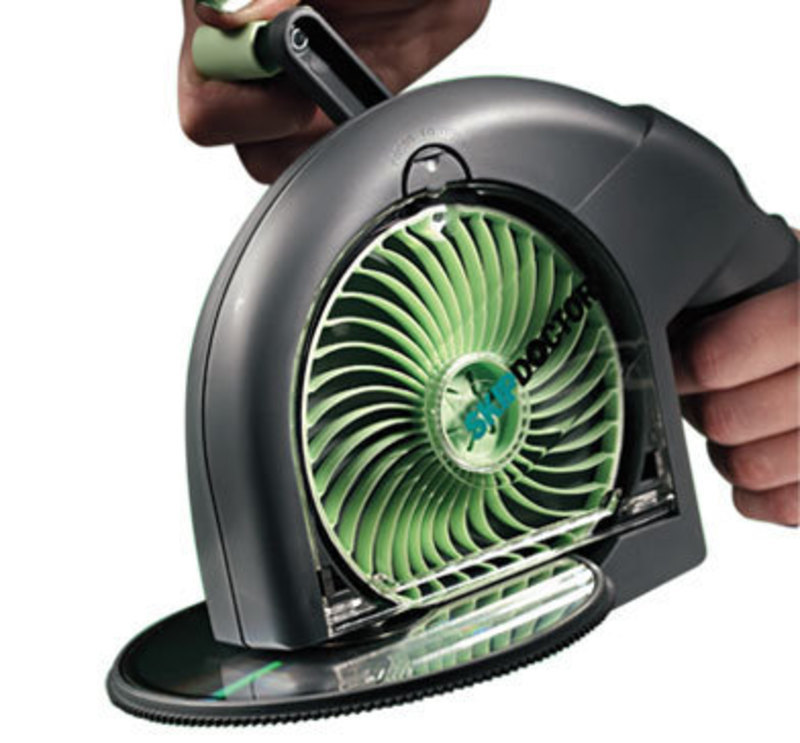
-
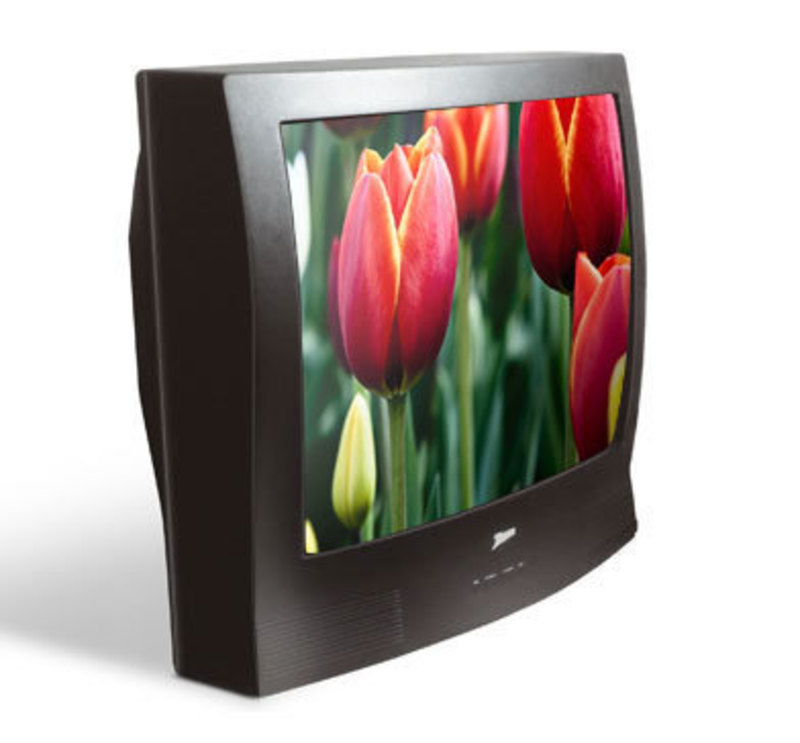
-
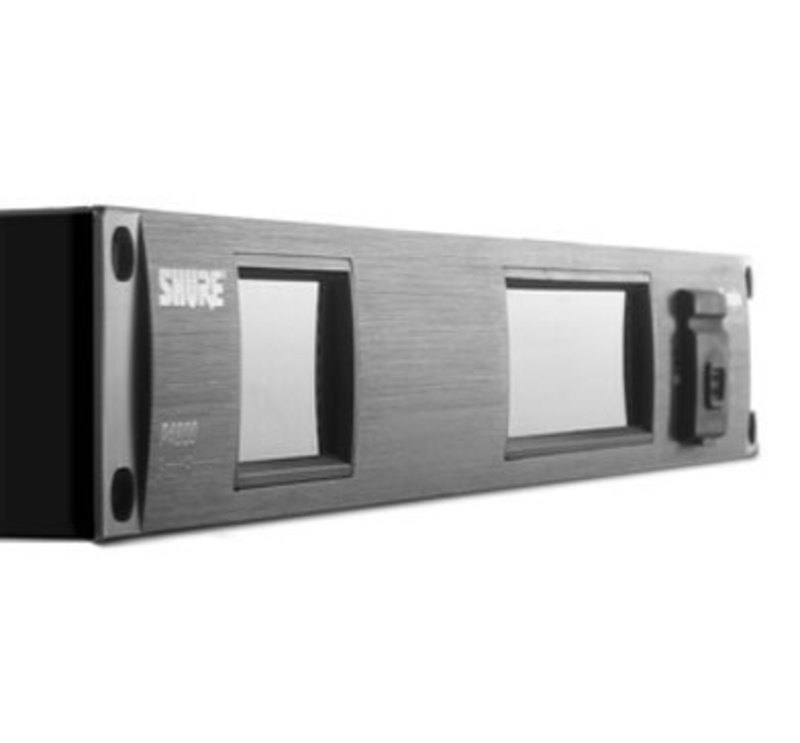
-
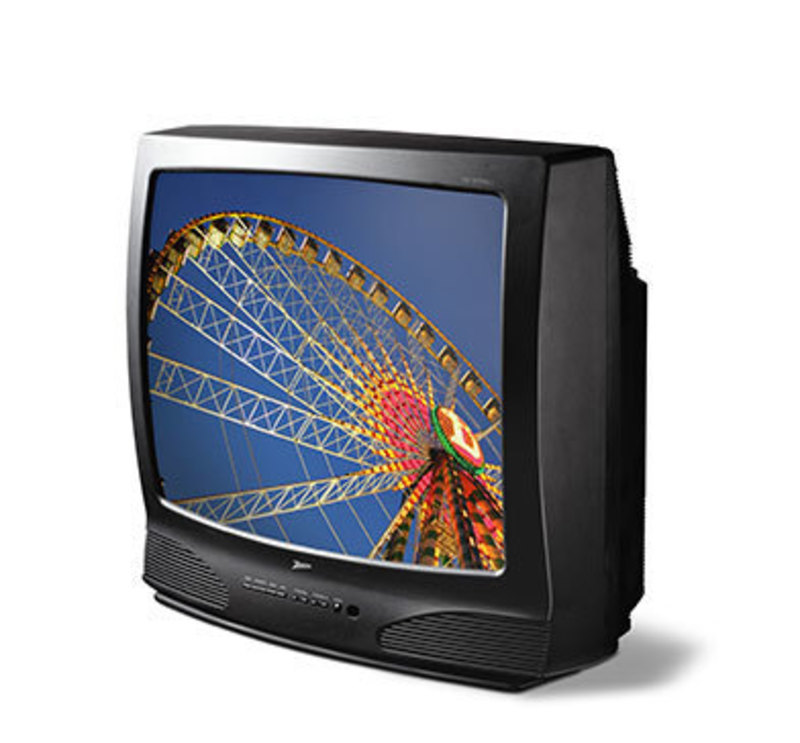
-
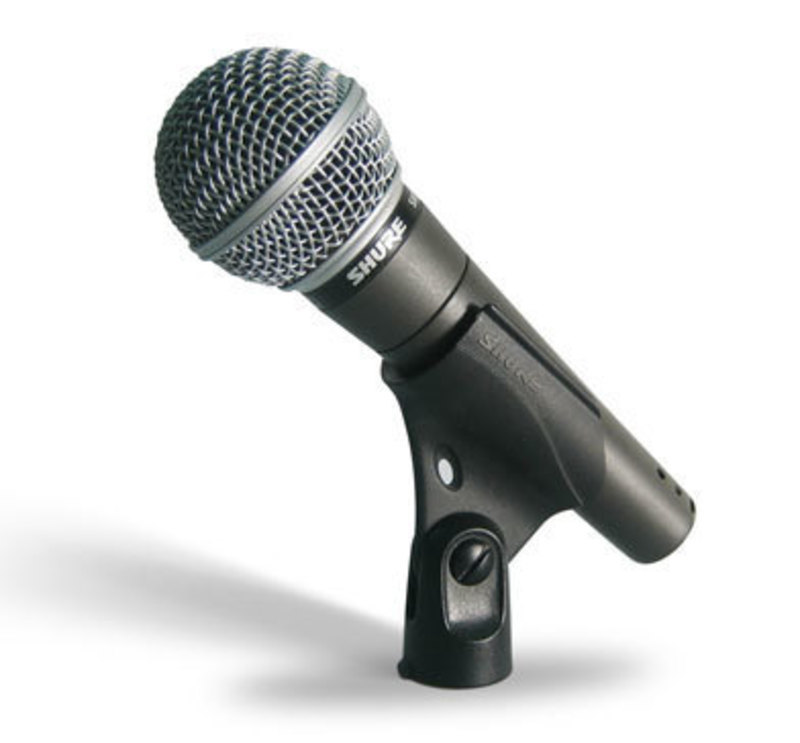
-
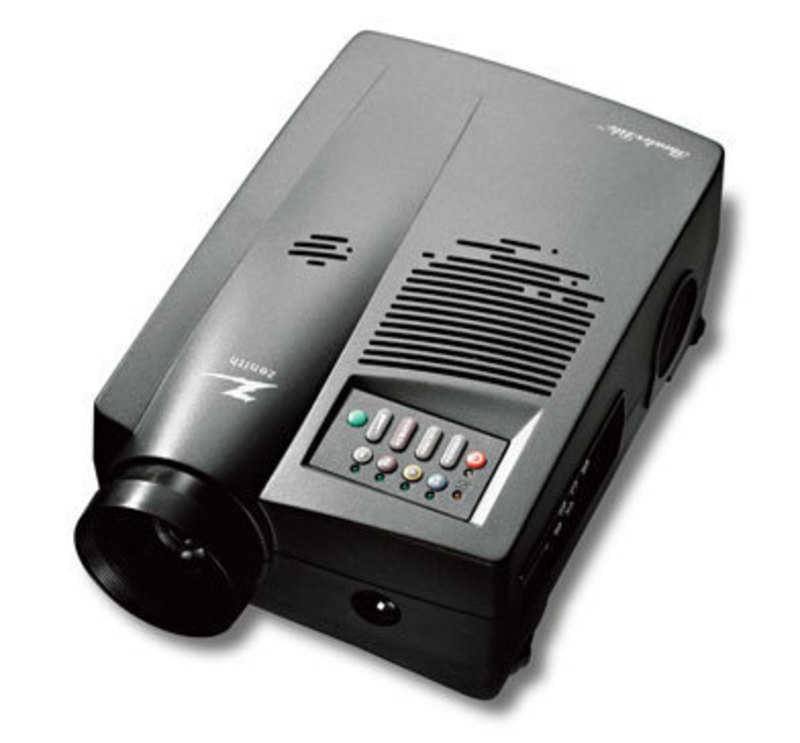
-
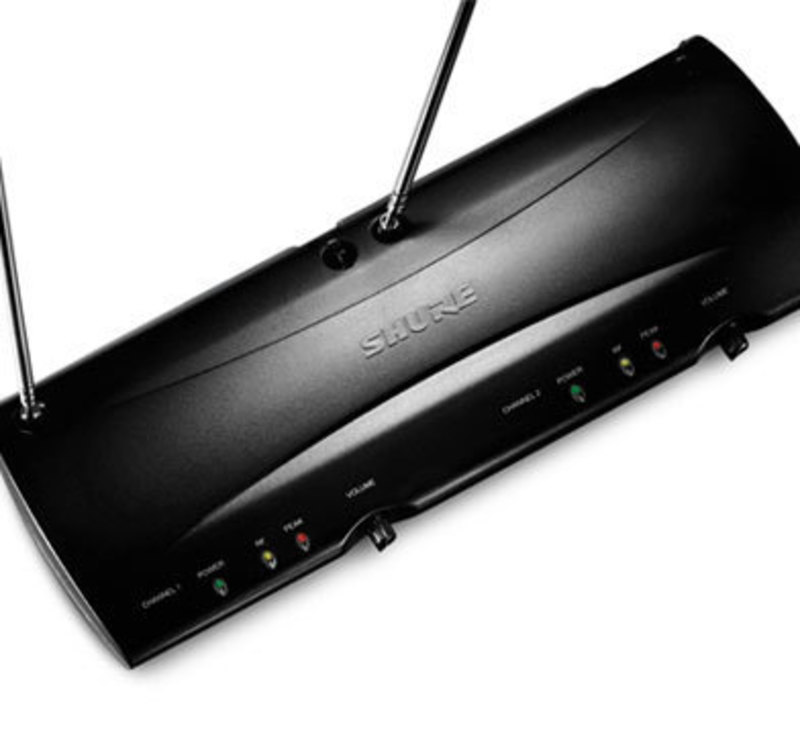
-
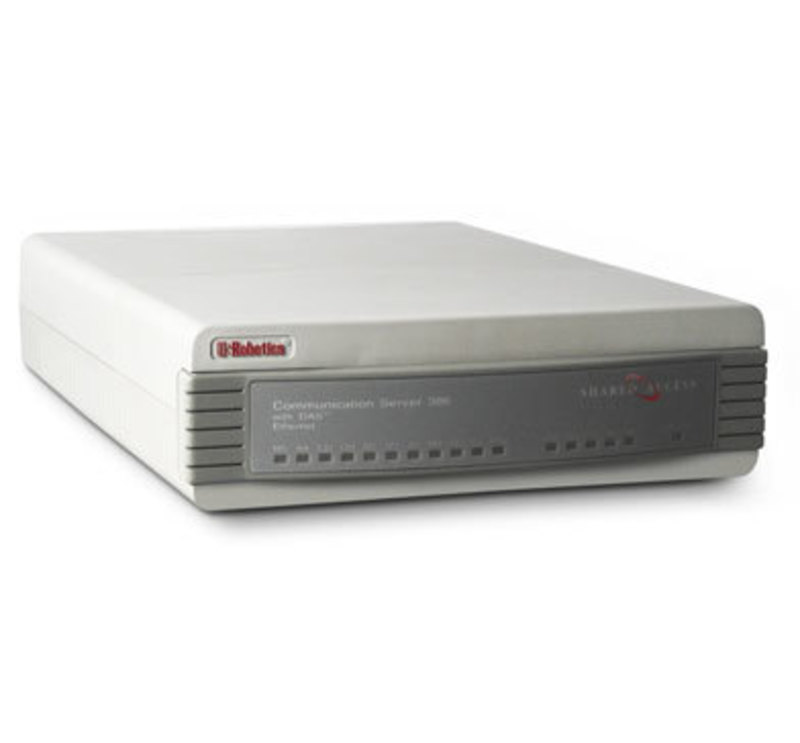
-
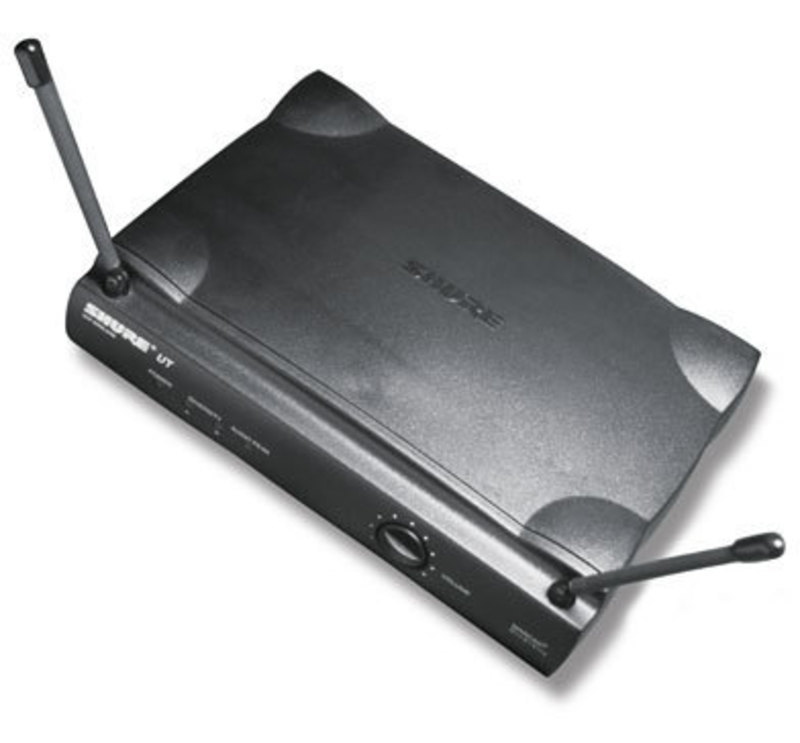
-
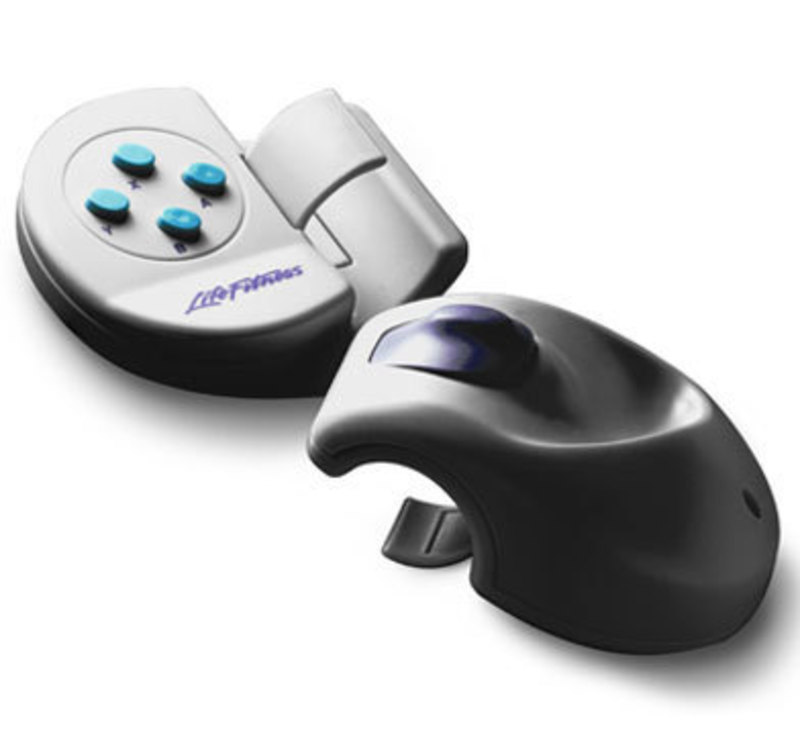
- 1990
-

-
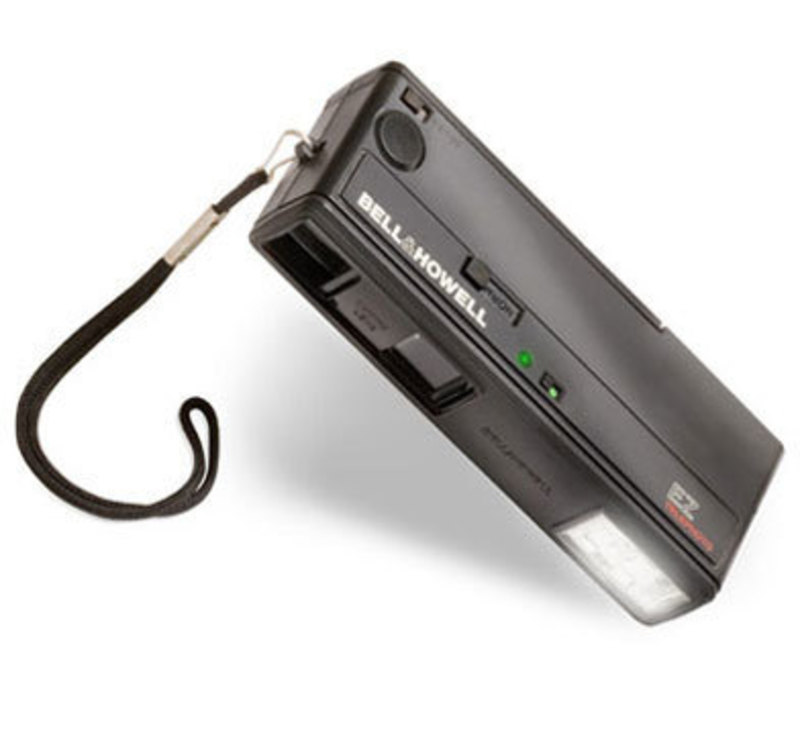
-
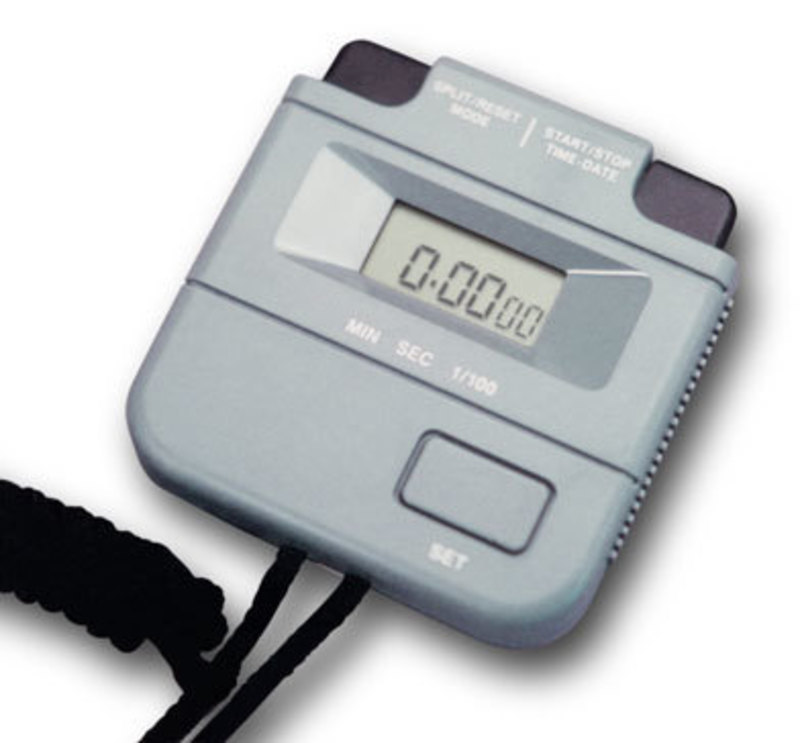
-
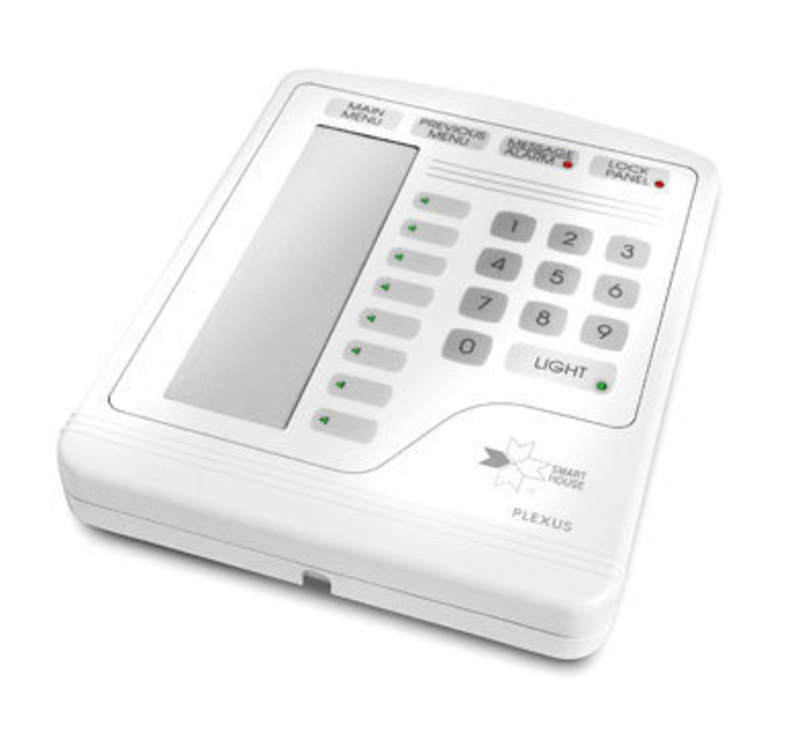
-
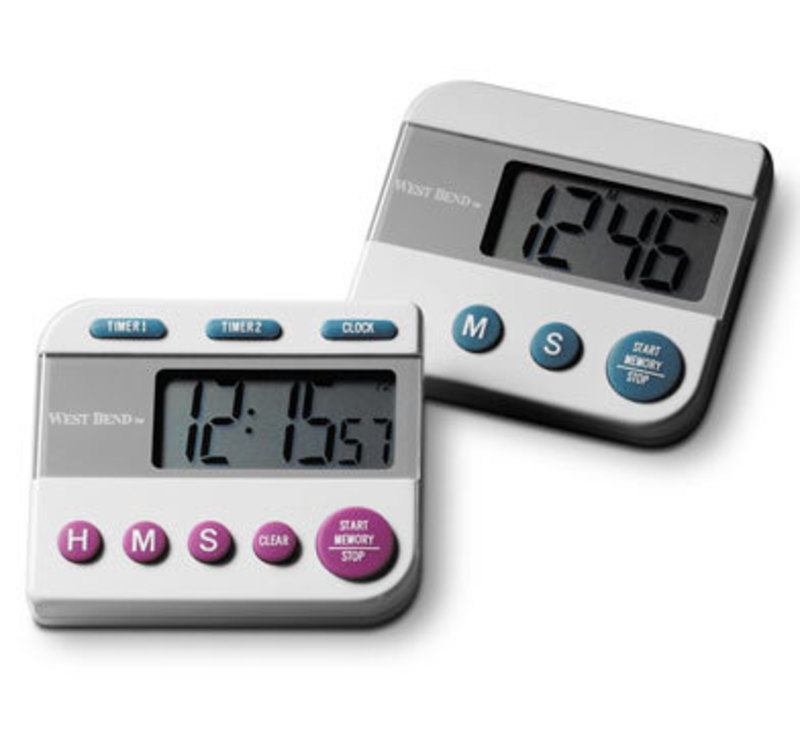
-
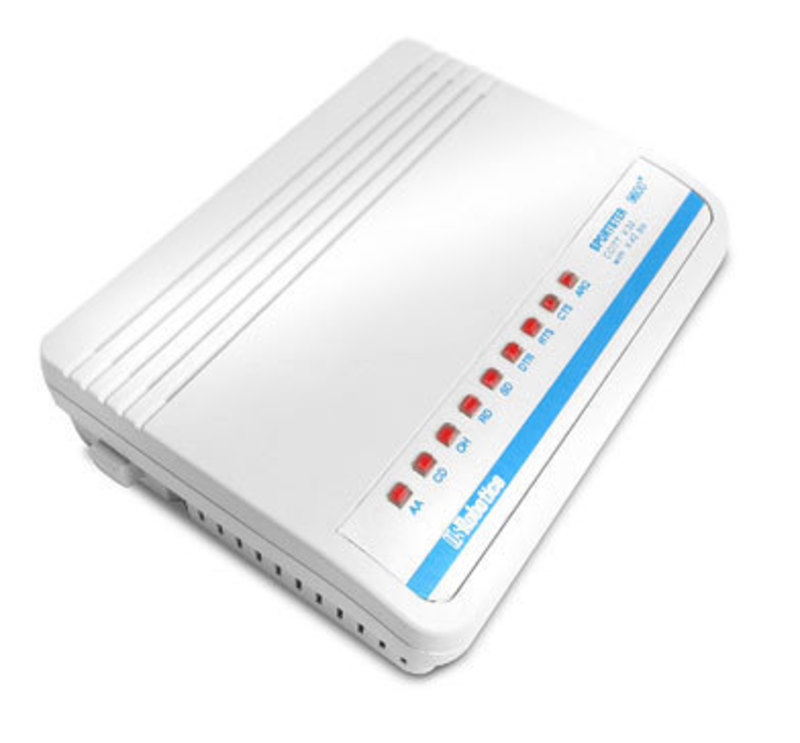
-
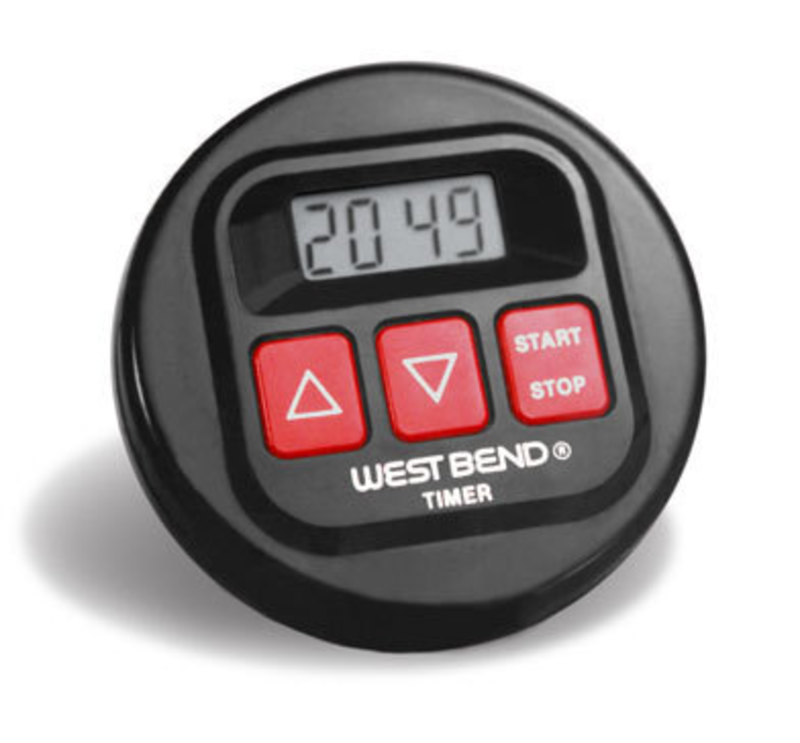
-
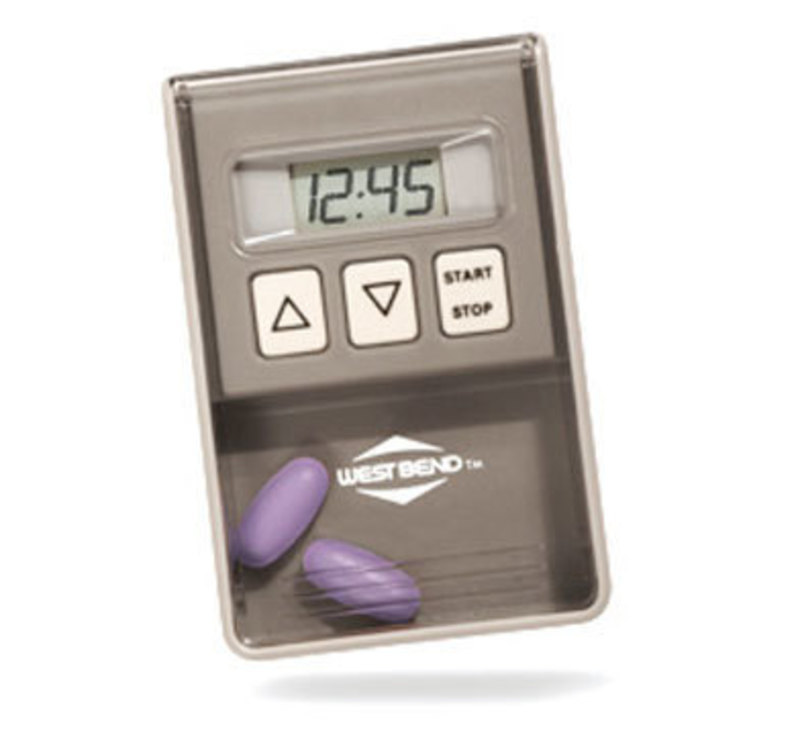
-
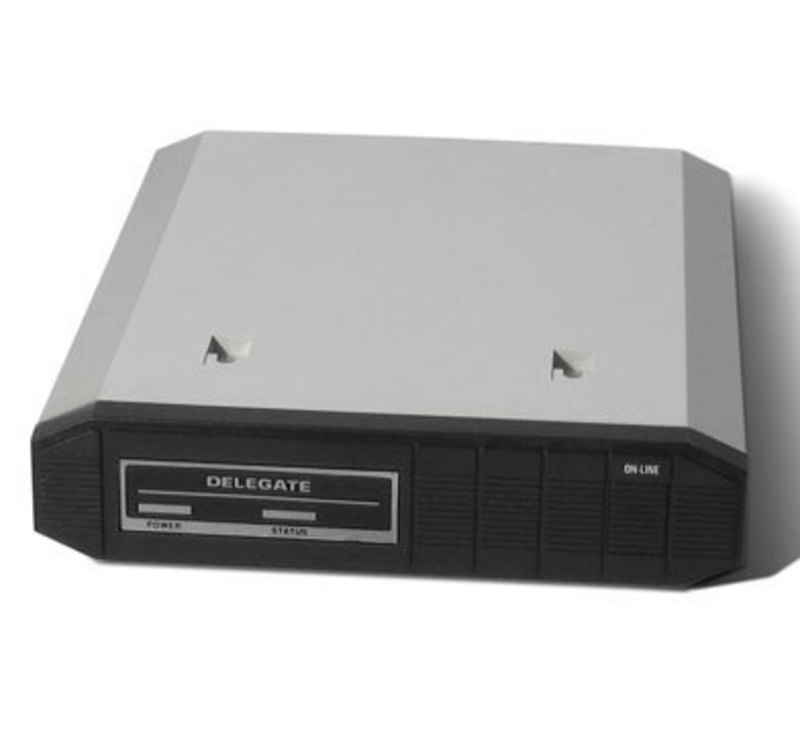
-
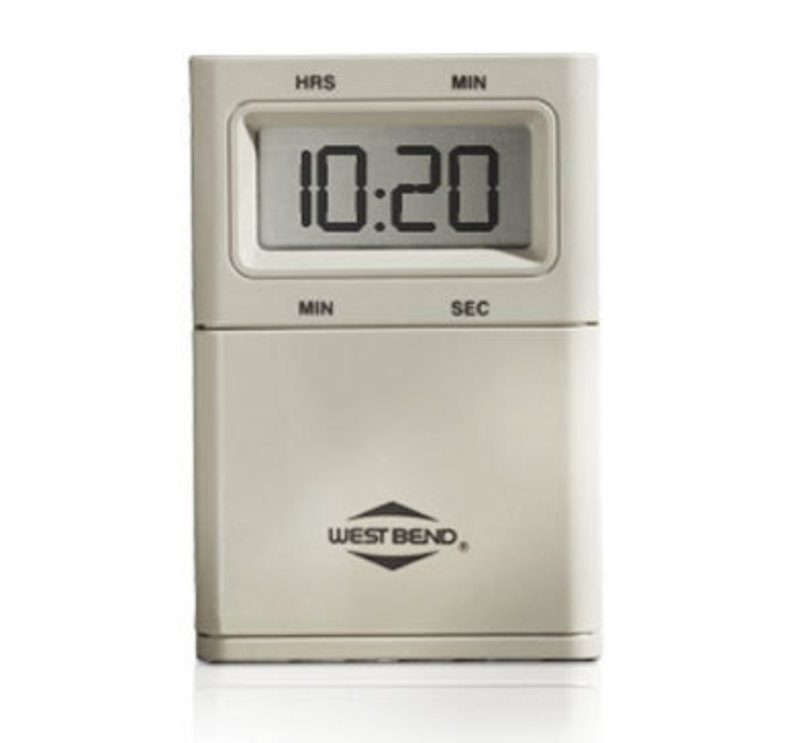
-
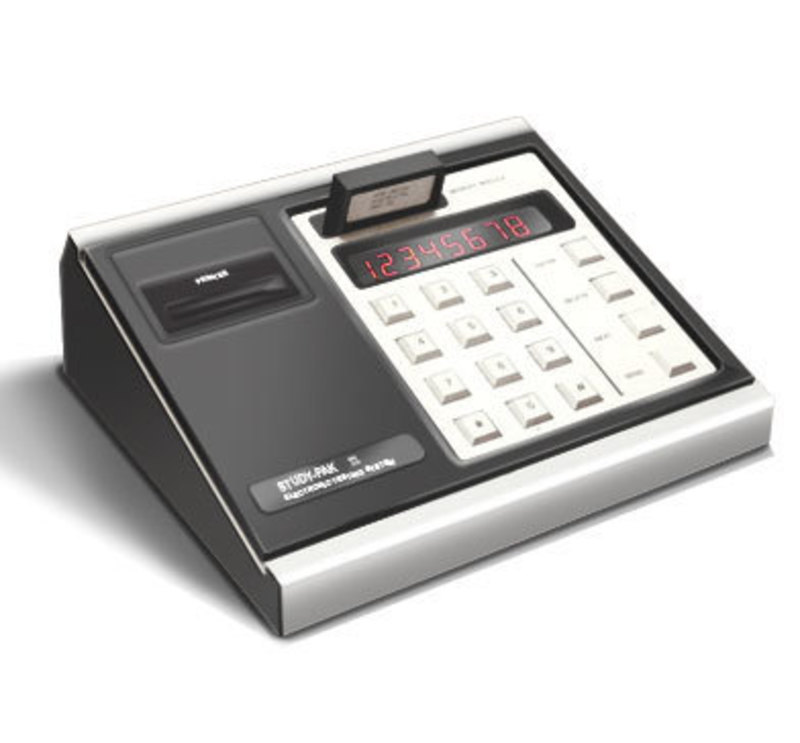
-
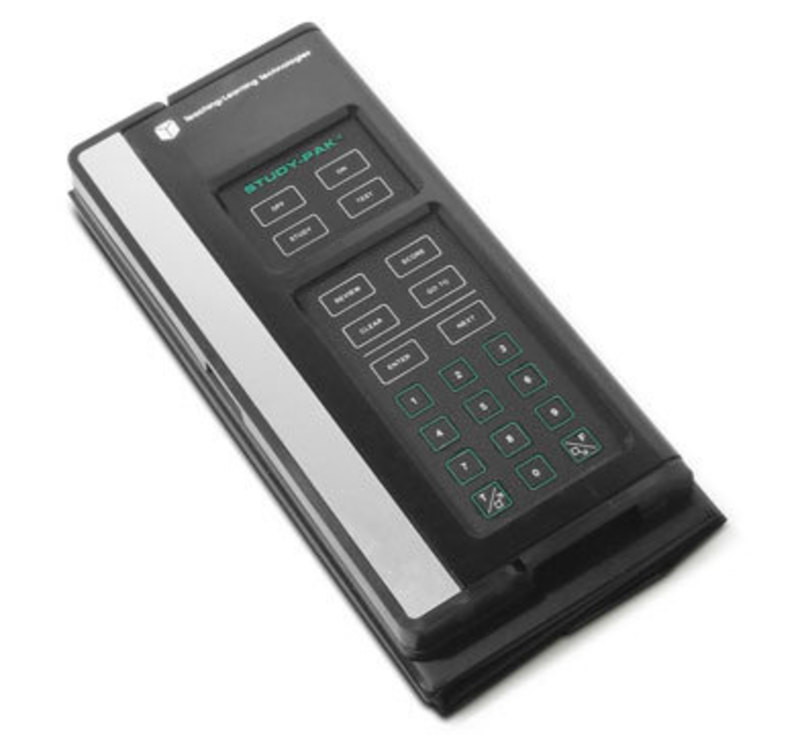
- 1980
Shure Incorporated
UT Receiver
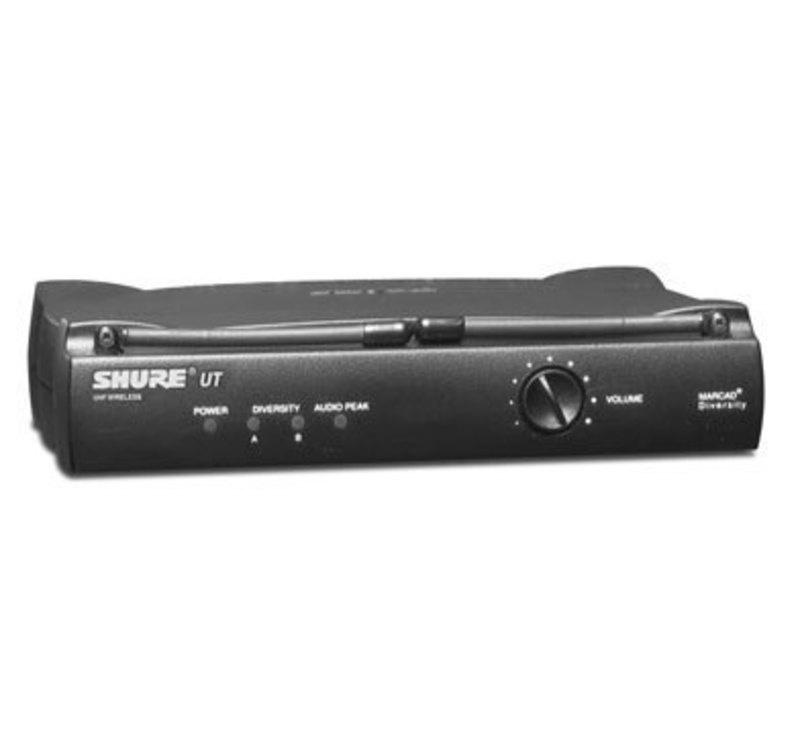
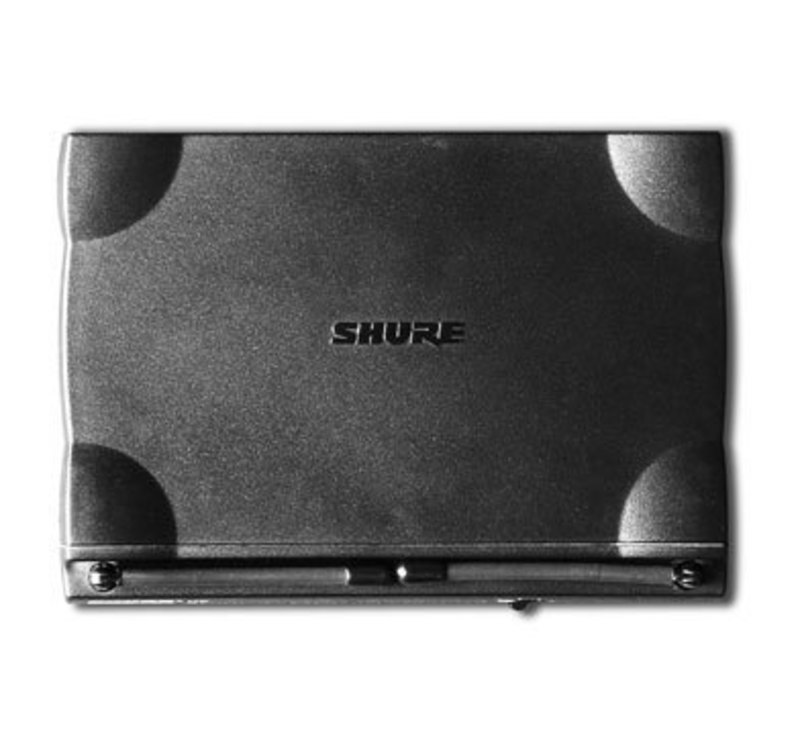
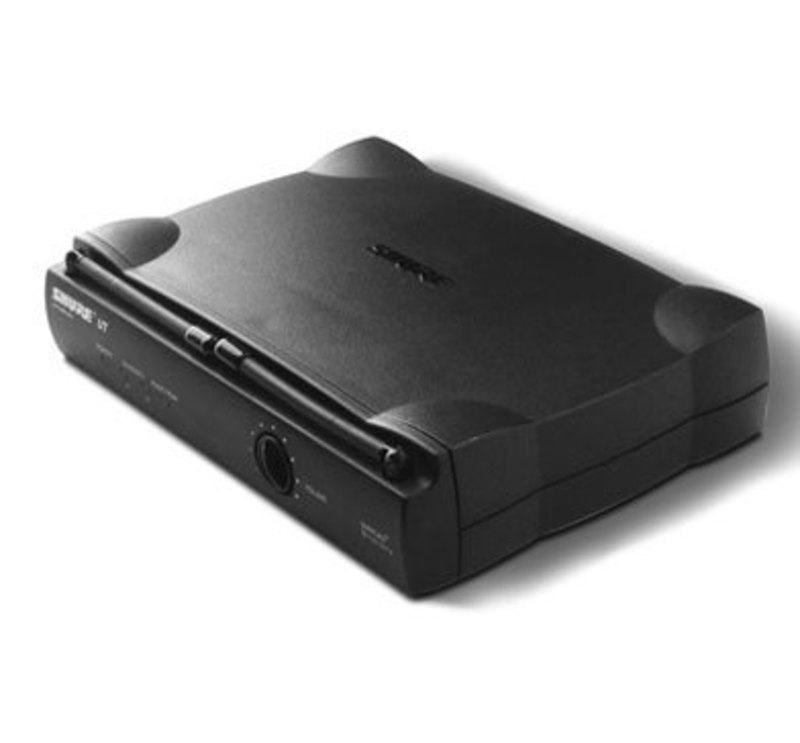

Design Team: Cesaroni Design & Shure
Shure and Cesaroni Design developed this low cost UHF wireless product in an effort to diversify and expand our client's customer base into lower end categories. Aesthetic sensitivity was important because of the prominence of the device on stage. Cost and durability were also critical factors in the new product design and development process.
Our process began with design trend research in consumer industries to explore aesthetic themes that challenged traditional electronic designs. Then we generated dozens of rough concept sketches and narrowed them down into computer renderings. Design exploration continued with the visual effects of plastic to identify ways to combine organic forms with traditionally rigid lines.
The final design gives the user a parody in plastic by designing the corners of the unit as if they were molded from a soft material. The contoured corners visually communicate strength and durability. This design element is also functional to facilitate stacking and positioning of the units.
The new product is designed for low part prices and minimal assembly. The shape does not require any excessive material. This device is constructed of 3 major components from injection molded ABS plastic with a snap fit assembly method. The product uses only 2 screws that attach the antennas to the circuit board.
Shure Incorporated
UT Receiver
Design Team: Cesaroni Design & Shure
Shure and Cesaroni Design developed this low cost UHF wireless product in an effort to diversify and expand our client's customer base into lower end categories. Aesthetic sensitivity was important because of the prominence of the device on stage. Cost and durability were also critical factors in the new product design and development process.
Our process began with design trend research in consumer industries to explore aesthetic themes that challenged traditional electronic designs. Then we generated dozens of rough concept sketches and narrowed them down into computer renderings. Design exploration continued with the visual effects of plastic to identify ways to combine organic forms with traditionally rigid lines.
The final design gives the user a parody in plastic by designing the corners of the unit as if they were molded from a soft material. The contoured corners visually communicate strength and durability. This design element is also functional to facilitate stacking and positioning of the units.
The new product is designed for low part prices and minimal assembly. The shape does not require any excessive material. This device is constructed of 3 major components from injection molded ABS plastic with a snap fit assembly method. The product uses only 2 screws that attach the antennas to the circuit board.


